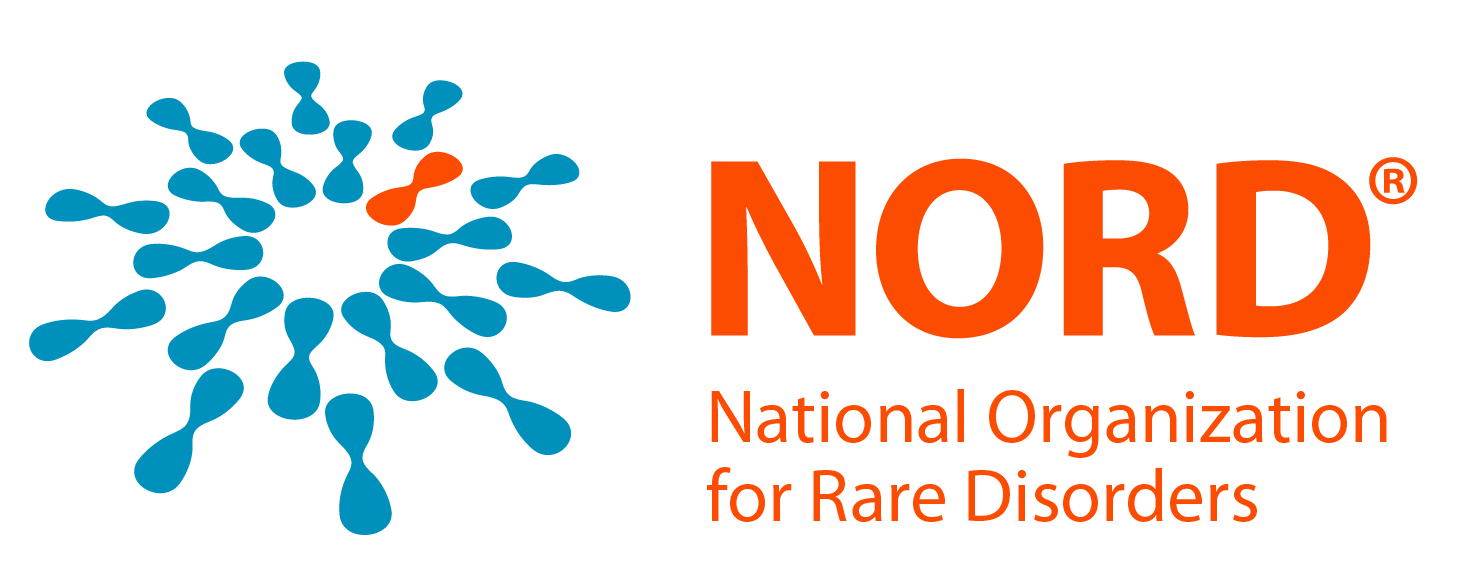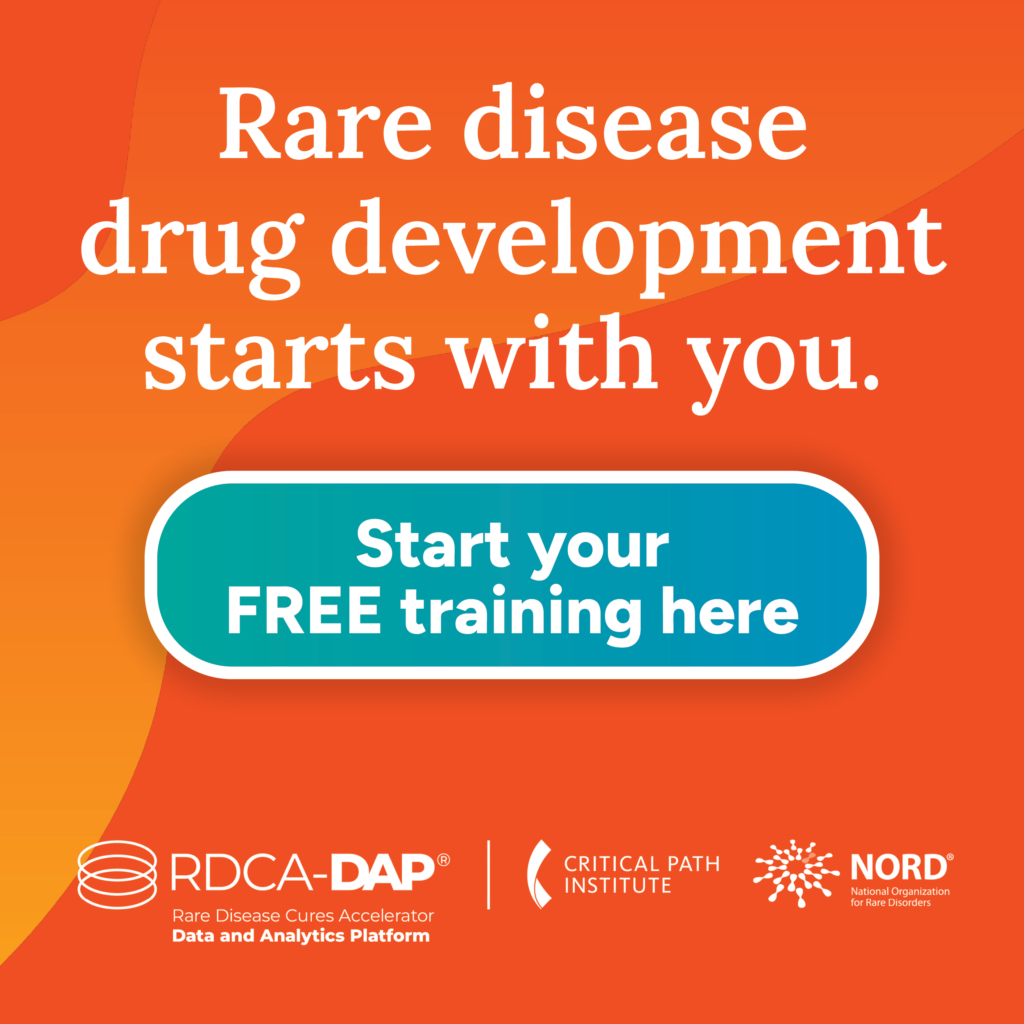NIH/National Heart, Lung and Blood Institute
About NIH/National Heart, Lung and Blood Institute
The National Heart, Lung, and Blood Institute (NHLBI) provides global leadership for a research, training, and education program to promote the prevention and treatment of heart, lung, and blood diseases and enhance the health of all individuals so that they can live longer and more fulfilling lives. The NHLBI stimulates basic discoveries about the causes of disease, enables the translation of basic discoveries into clinical practice, fosters training and mentoring of emerging scientists and physicians, and communicates research advances to the public. It creates and supports a robust, collaborative research infrastructure in partnership with private and public organizations, including academic institutions, industry, and other government agencies. The Institute collaborates with patients, families, health care professionals, scientists, professional societies, patient advocacy groups, community organizations, and the media to promote the application of research results and leverage resources to address public health needs. The NHLBI also collaborates with international organizations to help reduce the burden of heart, lung, and blood diseases worldwide.
Related Rare Diseases:
- Short QT Syndrome
- Miocardiopatía de Takotsubo
- Eosinofilia pulmonar simple
- Cáncer de pulmón de células pequeñas
- Condrodisplasia Metafisaria Tipo McKusick
- Perniosis
- Anemia autoinmune hemolítica tipo caliente
- Bazo Errante
- Granulomatosis Eosinofílica con Poliangeítis
- Histiocitosis de células de Langerhans
- Síndrome de Trombocitopenia y Ausencia de Radio
- Pediatric Non-Small Cell Lung Cancer
- Protein S Deficiency
- COPA Syndrome
- Hemophagocytic Lymphohistiocytosis
- Antisynthetase Syndrome
- Alpha Thalassemia
- Protein C Deficiency
- Andersen-Tawil Syndrome
- Factor XI Deficiency
- Factor VII Deficiency
- Acquired Hemophilia
- Acute Eosinophilic Pneumonia
- Chronic Eosinophilic Pneumonia
- Anemia of Chronic Disease
- Congenital Pulmonary Lymphangiectasia
- Timothy Syndrome
- Myelodysplastic Syndromes
- Pediatric Cardiomyopathy
- Rosai-Dorfman Disease
- Barth Syndrome
- Hyper IgM Syndromes
- Catel Manzke Syndrome
- Yunis Varon Syndrome
- Sneddon Syndrome
- Goodman Syndrome
- Mixed Cryoglobulinemia
- Dyskeratosis Congenita
- Jervell and Lange-Nielsen Syndrome
- Bronchopulmonary Dysplasia
- Graft versus Host Disease
- Paroxysmal Cold Hemoglobinuria
- Ivemark Syndrome
- Cold Agglutinin Disease
- Evans Syndrome
- Buerger’s Disease
- Pulmonary Arterial Hypertension
- Vasculitis
- Cutaneous Vasculitis
- Cyclic Neutropenia
- Thrombotic Thrombocytopenic Purpura
- Wolff Parkinson White Syndrome
- Acute Respiratory Distress Syndrome
- Essential Thrombocythemia
- Mitral Valve Prolapse Syndrome
- Castleman Disease
- Congenital Heart Block
- Holt Oram Syndrome
- Cerebrocostomandibular Syndrome
- Factor XII Deficiency
- Dextrocardia with Situs Inversus
- Diamond Blackfan Anemia
- Maffucci Syndrome
- Idiopathic Pulmonary Fibrosis
- Eisenmenger Syndrome
- Lymphangioleiomyomatosis
- Long QT Syndrome
- Henoch-Schönlein Purpura
- Von Willebrand Disease
- Shwachman Diamond Syndrome
- Oculo-Auriculo-Vertebral Spectrum
- Granulomatosis with Polyangiitis
- Pseudoxanthoma Elasticum
- Primary Lymphedema
- Polycythemia Vera
- Endocardial Fibroelastosis
- Giant Cell Arteritis
- Hypoplastic Left Heart Syndrome
- Tetralogy of Fallot
- Ventricular Septal Defects
- Bernard-Soulier Syndrome
- Hyperlipoproteinemia Type III
- Atrial Septal Defects
- Atrioventricular Septal Defect
- Antithrombin Deficiency
- Acquired Aplastic Anemia
- Hereditary Nonspherocytic Hemolytic Anemia
- Hereditary Spherocytosis
- WAS Related Disorders
- Beta Thalassemia
- Factor XIII Deficiency
- Pyruvate Kinase Deficiency
- Síndrome de las uñas amarillas
- Anemia de Fanconi
- Hemofilia A
- Síndrome del ojo de gato
- Abetalipoproteinemia
- Deficiencia del factor X
- Trombocitopenia inmune
- Neutropenia Crónica Severa
- Trombastenia de Glanzmann
- Síndrome de Jacobsen (monosomía parcial 11q)
- Afibrinogenemia congénita
- Hemofilia B
- Ataxia con deficiencia de vitamina E
- Hipercolesterolemia familiar
- Enfermedad de Erdheim-Chester
- Neumonía organizada
- Síndrome de Noonan
- Macroglobulinemia de Waldenström
- Pericarditis recurrente
- Fenómeno de Kasabach-Merritt
- Endocarditis infecciosa
- Enfermedad de células falciformes
- Síndrome de linfedema-distiquiasis
- Sarcoidosis


